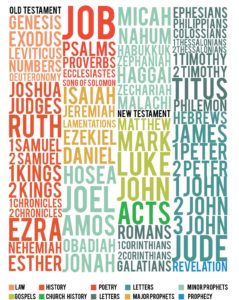Christian Happiness, a sermon based on Isaiah 3:10, may be Edwards’s earliest sermon on record. The verse reads,
“Say unto the righteous, it shall be well with them: for they shall eat the fruit of their doings.” (emphasis added)
The sermon begins with,
“Reasonable beings, while they act as such, naturally choose those things which they are convinced are best for them, and will certainly do those things which they know they had better do than leave undone.” (p. 296, The Works of Jonathan Edwards, Vol. 10)
In typical Edwards fashion, he methodically unloads his logic on his listeners (two propositions of “doctrine,” five inferences of “use,” and two exhortations). Surely, every listeners is convinced that it’s in their best interest to be righteous!
But what caught my attention was the fourth inference:
“Hence learn the great goodness of God in joining so great happiness to our duty.” (p. 303)
How did Edwards think of this? What got him to this inference? And is it important for you and me that we figure this out?
Edwards thinks that there can be no happiness in this life if that happiness does not include doing the things righteous people do.
He states as Gospel fact:
“…the thing required of us shall not only be easy but a pleasure and delight, even in the very doing of it. How much the goodness of God shines forth even in his commands!” (p. 304)
Imagine a God–Edwards refers to Him as “a master of extraordinary goodness”–who only desires our happiness and out of His goodness commands “us to do those things that will make us so” (p. 304)!
Well, not only do we imagine our God like that, we praise Him because He is like that. And we evaluate whether our attitude towards doing the will of God–“a pleasure and delight”–reflects that reality.
May that kind of deep thinking be a part of our weekly preparation and result in God receiving glory in the church and in Christ Jesus (Ephesians 3:21).
Randal














